In a breathtaking downturn, St. Louis’s real estate market has plummeted, with iconic buildings once valued at hundreds of millions now fetching sums as low as a single family home’s price.
An example is the 44-story AT&T tower which sold for $3.5 million in recent times, down from its 2006 price of $205 million, a “shocking 98 percent drop in value,” according to the Wall Street Journal.
Ghost Town Gloom: Downtown St. Louis

The heart of St. Louis now beats quietly, its once vibrant streets lined with empty buildings and silent echoes of activity.
The storied Railway Exchange Building, a sign of commerce in better times, now languishes with peeling paint and vacant corridors, a stark monument to the city’s faded glory.
The Silent Streets of St. Louis
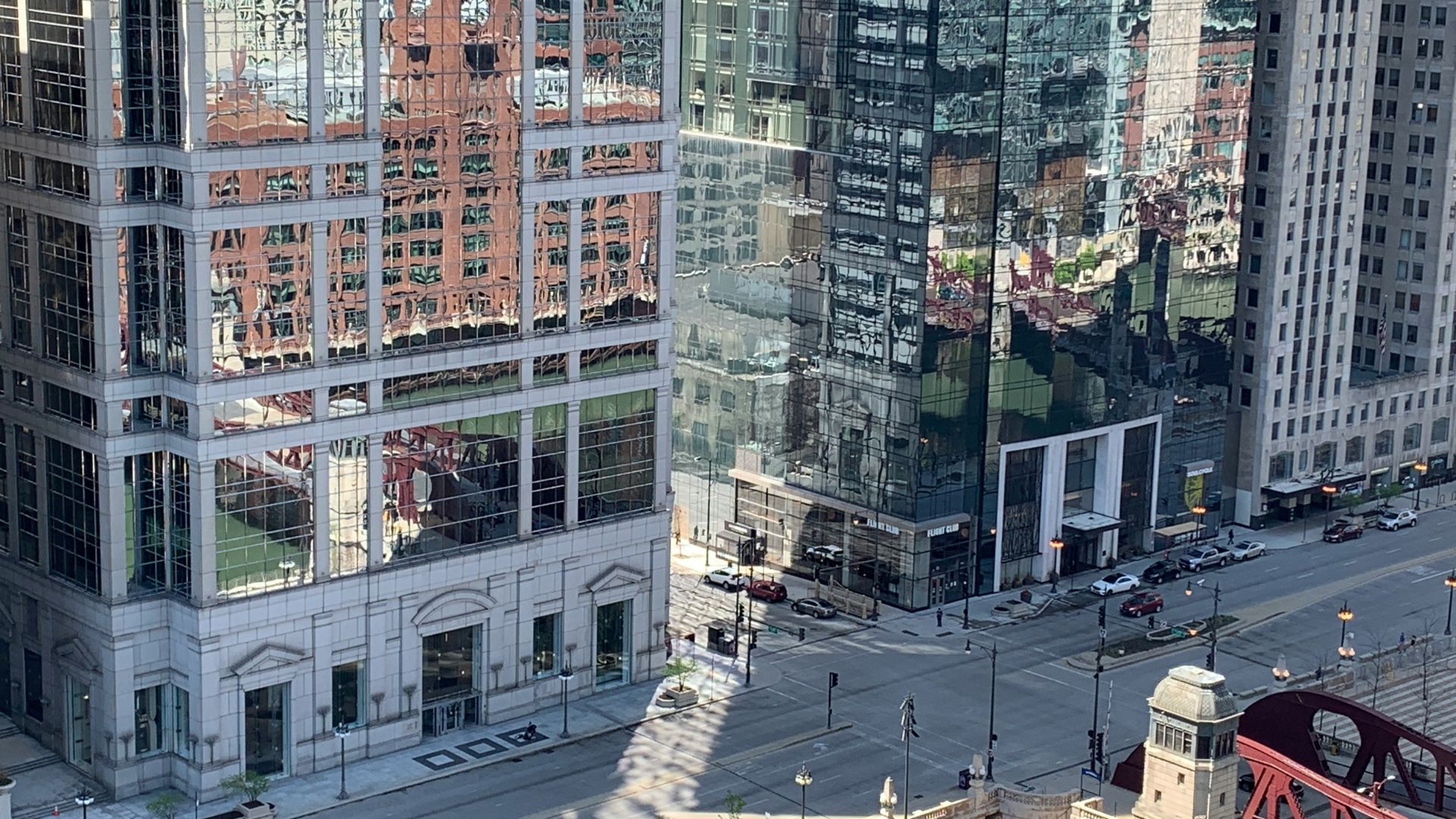
Post-pandemic, St. Louis’s downtown has seen the most severe drop in foot traffic of any major U.S. city.
October 2023 data from the University of Toronto’s School of Cities illustrates the decline, comparing visitor numbers from 2019 to those in 2023, signaling a worrying exodus.
St. Louis’s Looming Crisis
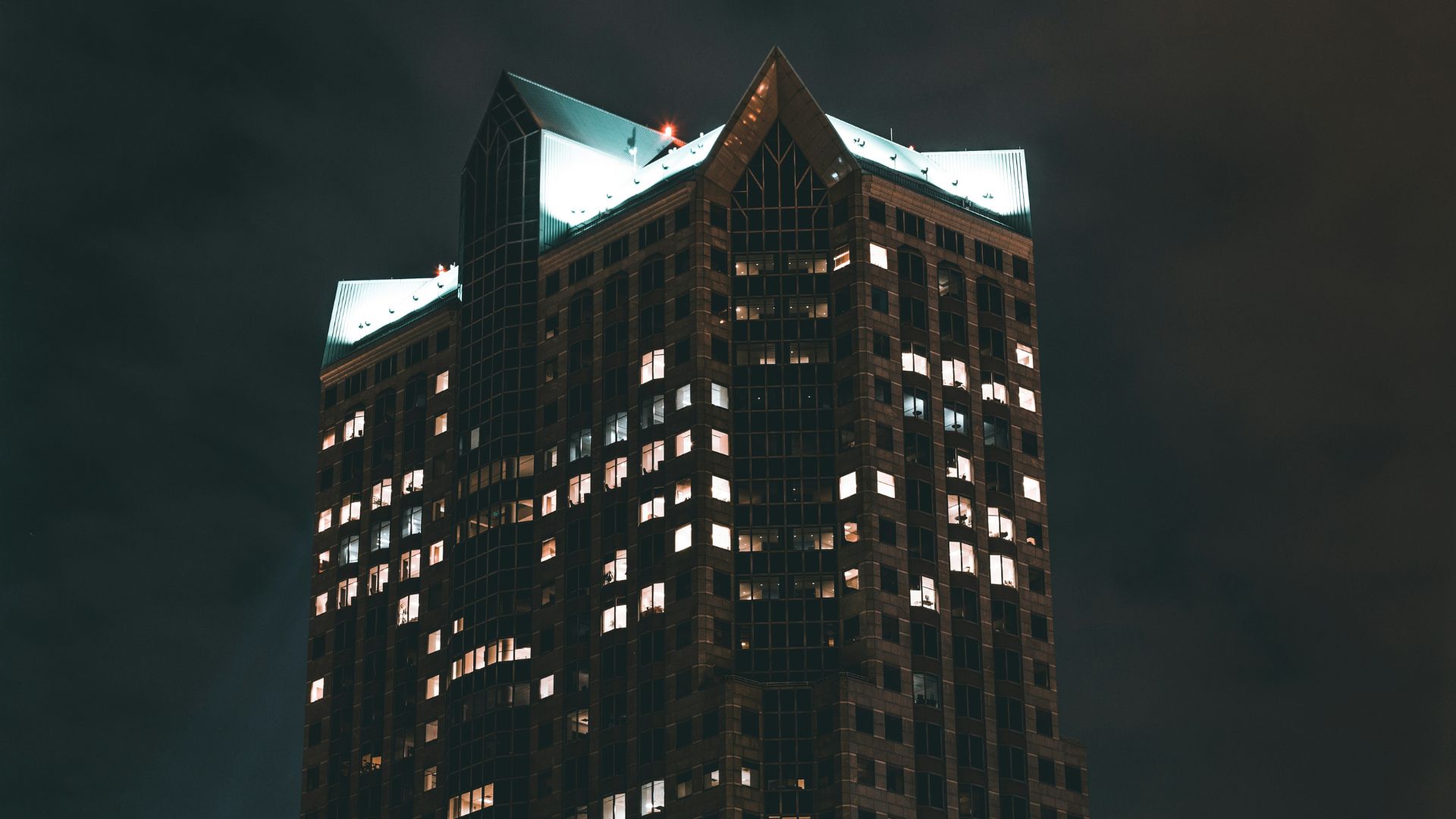
The collapse is real and measurable—St. Louis’s once-thriving real estate sector is now in dire straits.
The Daily Mail reports that a 2022 report from The St. Louis Business Journal indicates that the region’s top 25 office buildings have depreciated nearly 24 percent, wiping $150 million off their collective valuations.
Population Plunge
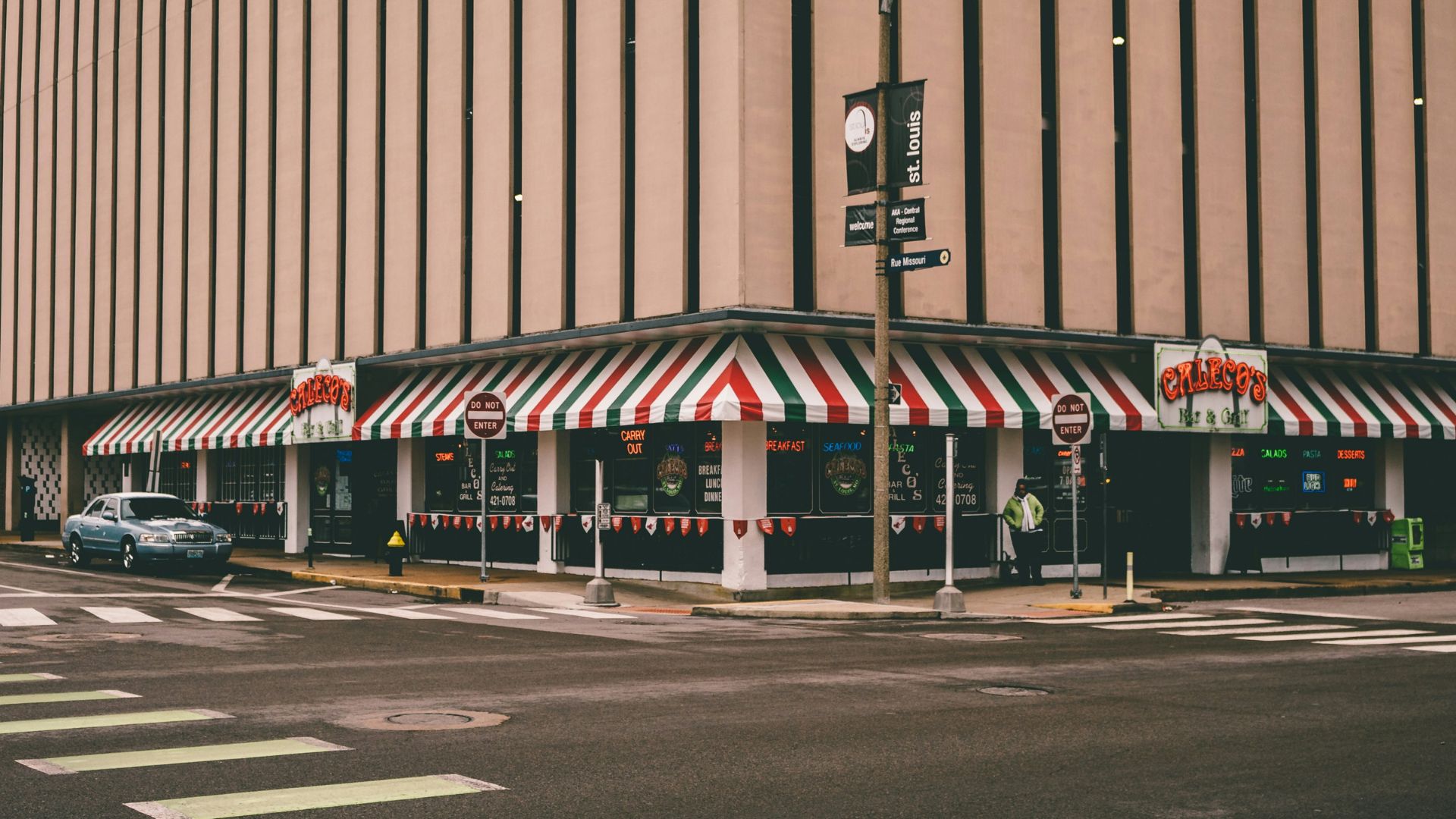
From its zenith as America’s fourth largest city in the late 19th and early 20th centuries, St. Louis has experienced a dramatic demographic shift.
The population has shrunk below 300,000, a level not seen since the 1800s, a significant drop from the nearly 400,000 residents in 1990, as noted by the New York Times.
The Perils of Empty Streets
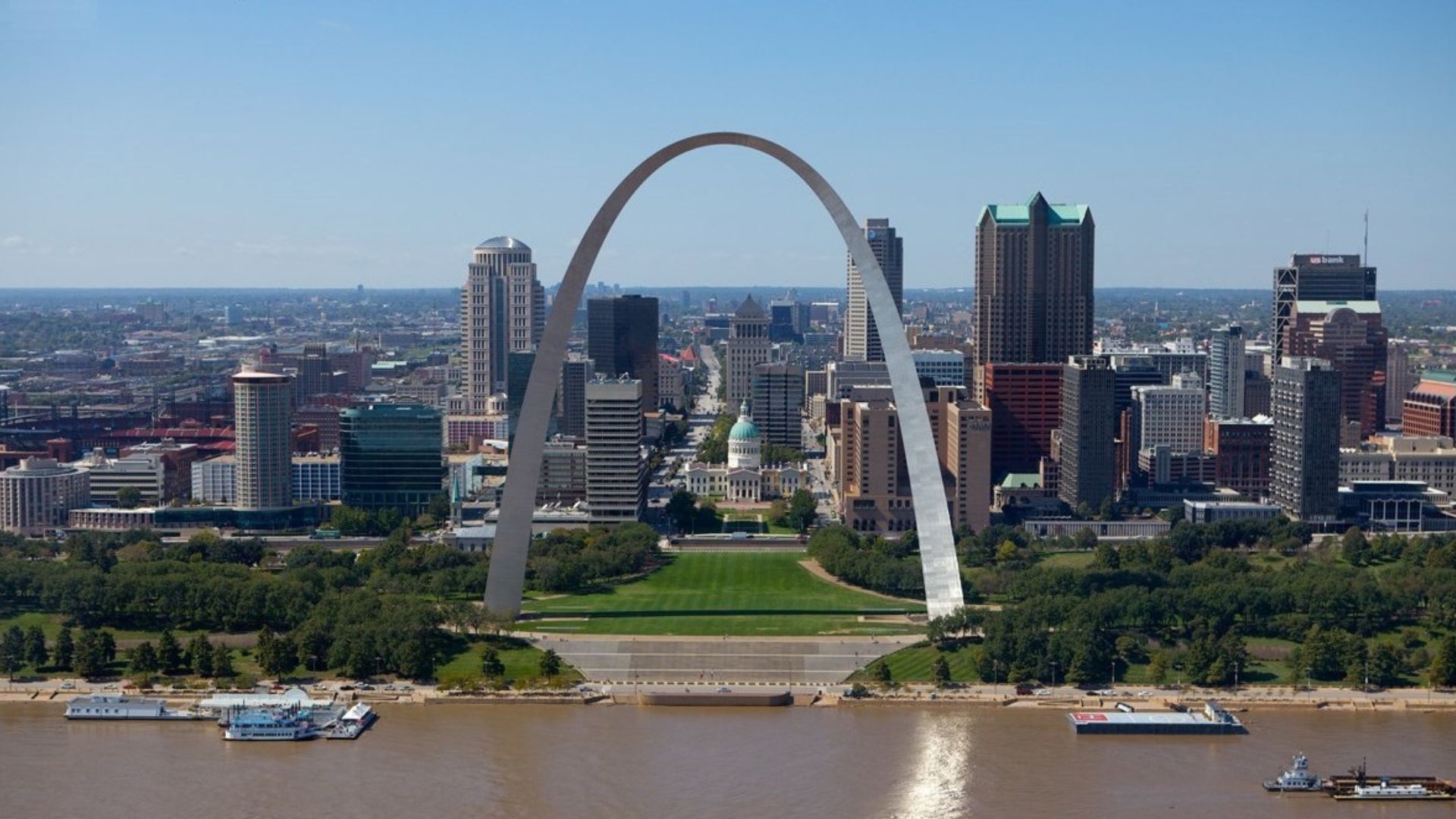
Empty streets might sound peaceful, but in St. Louis, they’ve become a magnet for danger.
Speeding vehicles have turned these areas into risky zones, highlighted by a tragic 2023 incident where a young pedestrian suffered severe injuries, a stark reminder of the safety challenges facing the ghostly downtown.
The Turning Point: Macy’s Departure
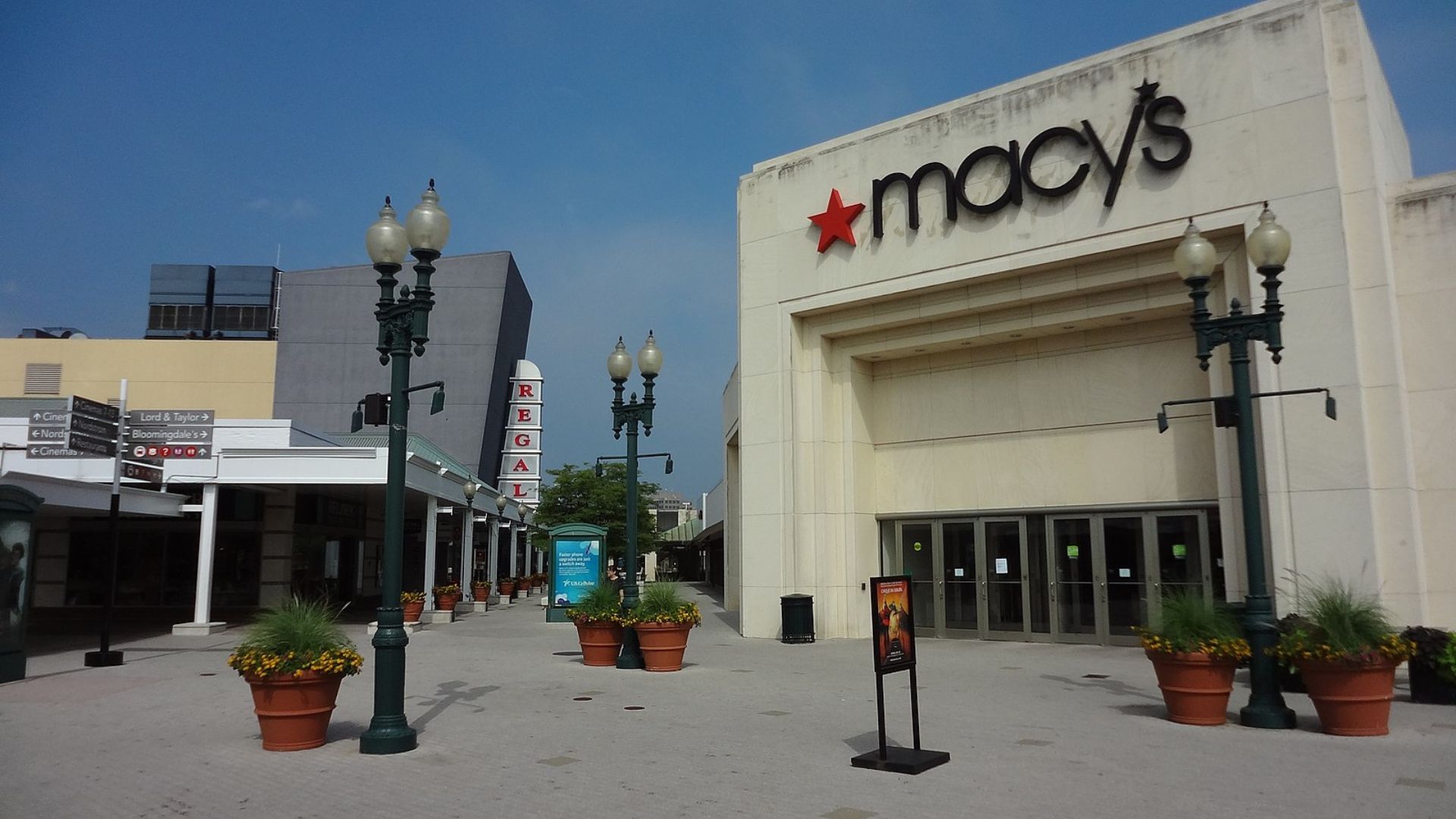
The decline of downtown St. Louis seemed to accelerate with the 2013 closure of Macy’s in the Railway Exchange Building.
This significant loss marked the beginning of a broader business exodus, leaving behind empty storefronts and a diminished urban vibrancy.
The Economic Ripples of Business Closures

As major retailers and businesses shut their doors, the impact on St. Louis’s downtown economy has been profound.
The loss of consumer traffic has led to a wave of closures, further deepening the economic slump and diminishing the area’s appeal to both visitors and investors.
Crime Climbs: Struggles for Remaining Businesses
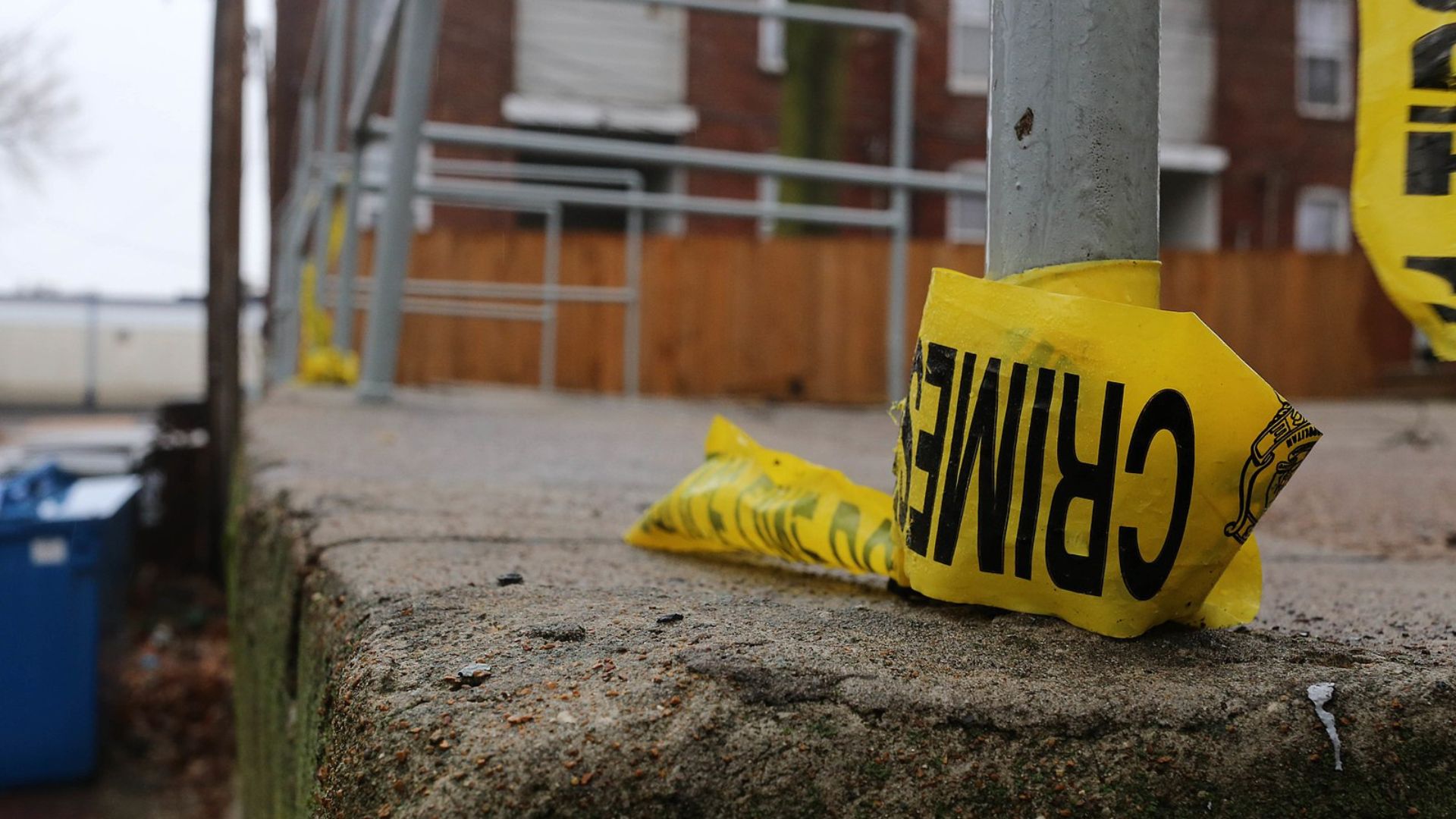
For those businesses toughing it out in downtown St. Louis, challenges mount as crime rates rise.
Break-ins and vandalism have become more frequent, creating a hostile environment that complicates revitalization efforts, as per a Wall Street Journal report.
Revitalizing Downtown St. Louis
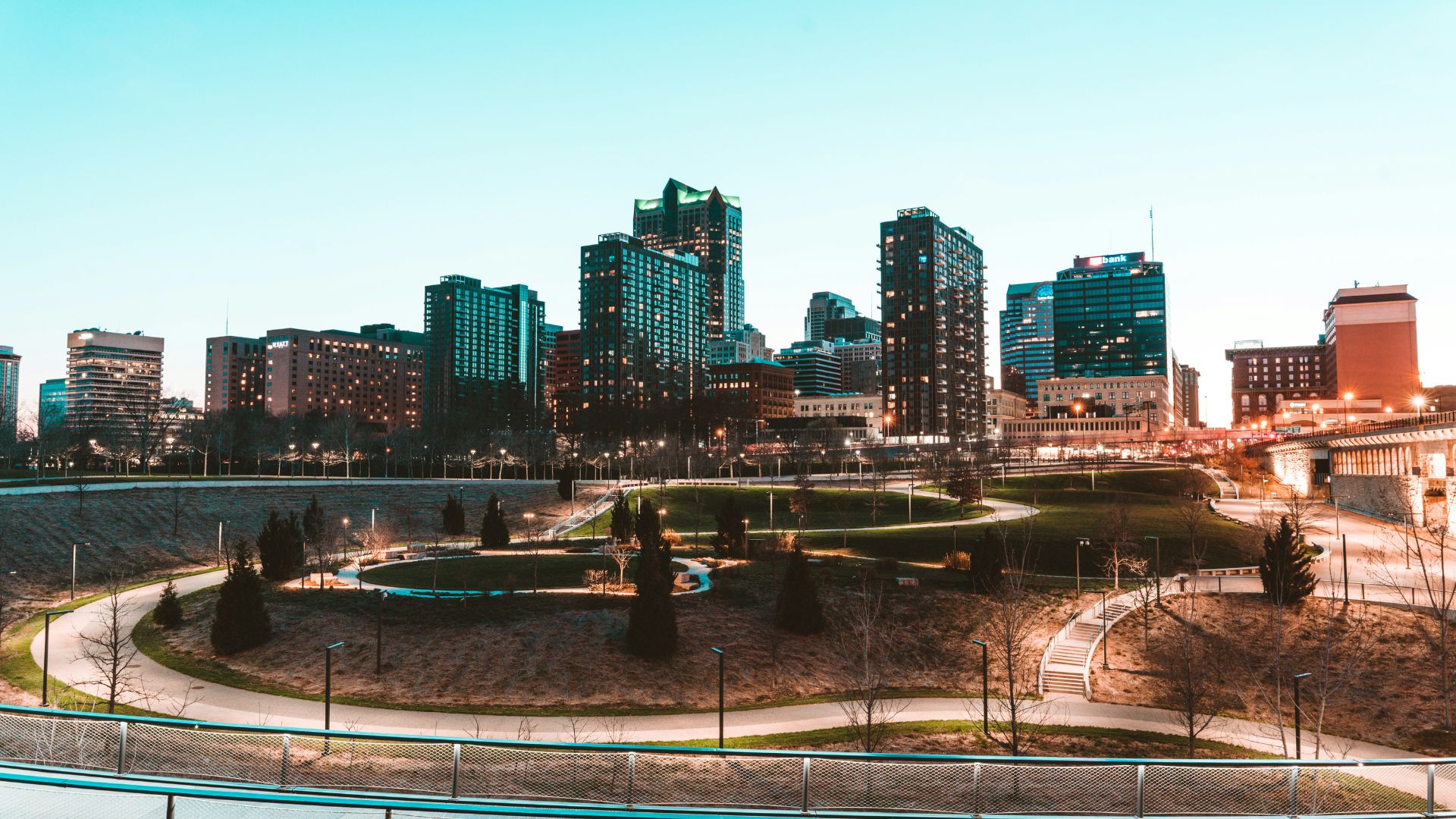
Revitalization attempts by local authorities and NGOs have met with stiff resistance from the harsh realities of economic decay.
Despite attractively low rents, these well-meaning initiatives have struggled to take root, reflecting the deep-seated challenges embedded within the city’s social and economic fabric.
Prohibitive Costs: The Conversion Conundrum
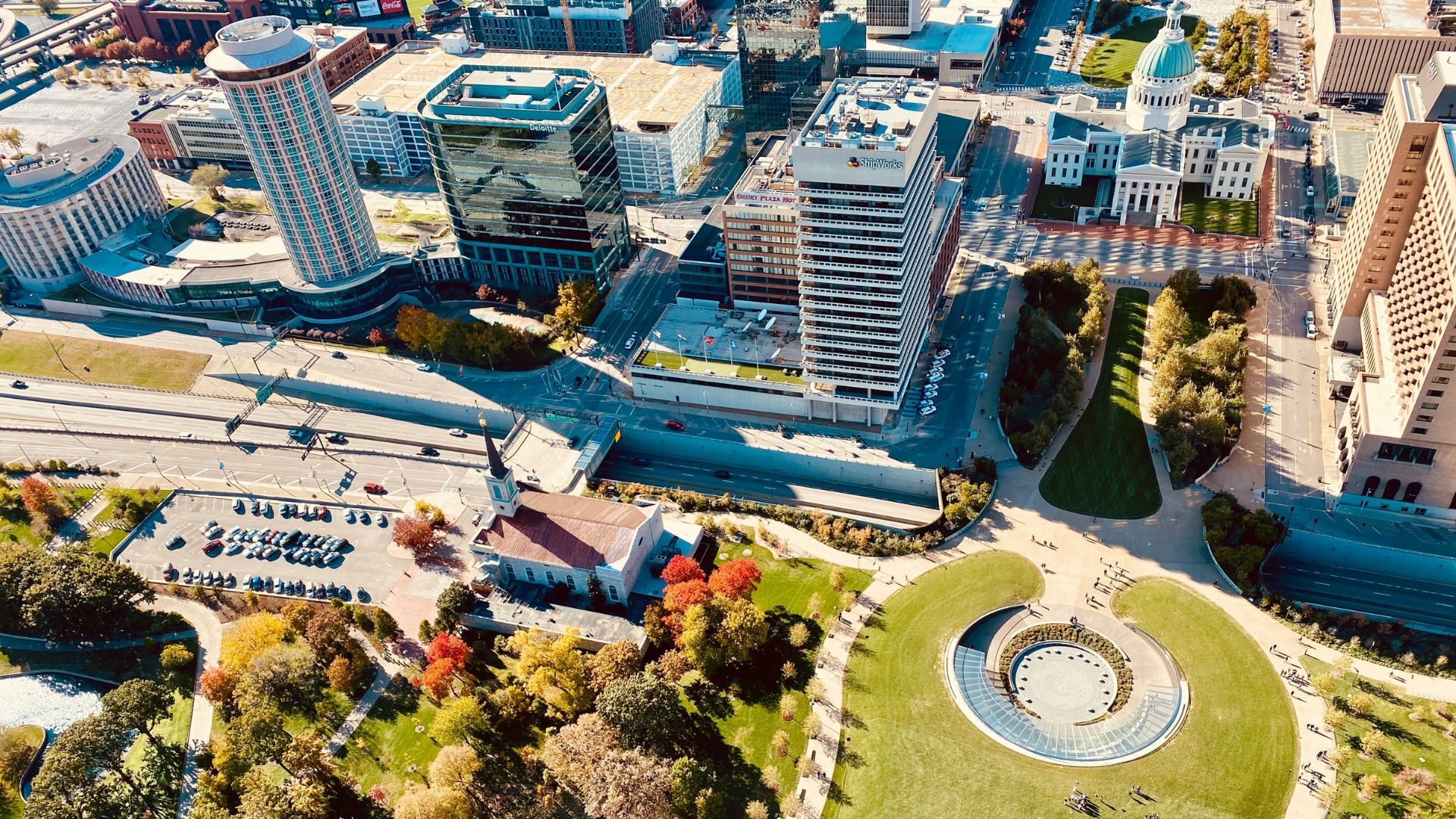
Transforming office space into residential units in St. Louis faces formidable financial obstacles.
The New York Times reported in December 2022 that such conversions could reach costs of up to “$500 per usable square foot,” a steep price that deters many developers from embarking on such projects.
The Railway Exchange Saga

In a symbolic blow to renewal hopes, the Railway Exchange Building’s redevelopment plan collapsed.
Announced in 2017, the ambitious project to convert the building into a blend of apartments and retail spaces faltered, leading to a default on the mortgage, encapsulating the broader challenges of reviving St. Louis’s downtown.
Comparative Real Estate Declines

Cities like Detroit and Cleveland have also faced severe real estate declines, similar to St. Louis. These cities experienced industrial downsizing and population loss, leading to widespread urban decay.
By analyzing their recovery strategies, such as Detroit’s investment in technology hubs and Cleveland’s focus on healthcare expansion, St. Louis can identify effective methods and potential pitfalls in urban revitalization.
Federal Influence on Urban Markets
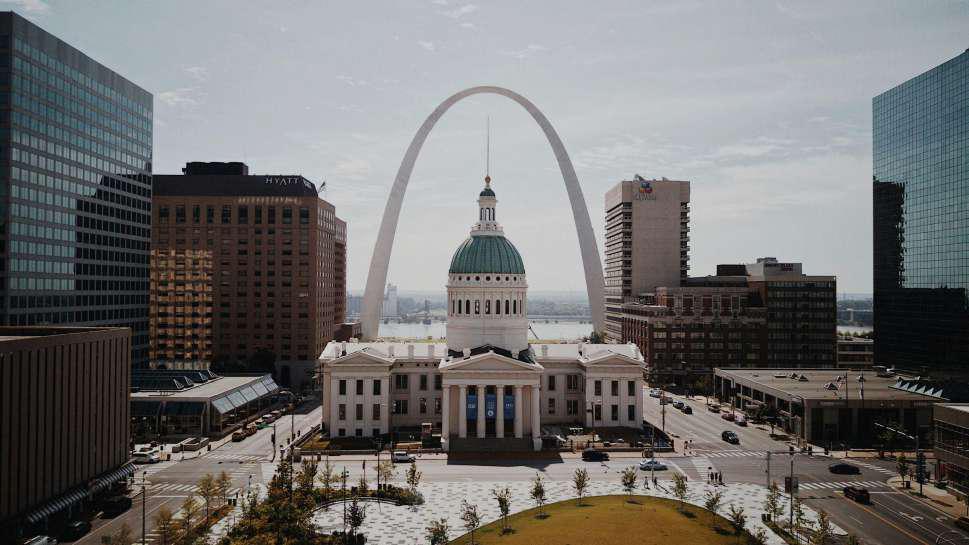
Federal and state policies play a significant role in urban decay and recovery. In St. Louis, tax incentives aimed at developers and businesses could encourage investment in the downtown area.
Similarly, modifications in zoning laws might facilitate the conversion of commercial properties into residential units, thereby addressing both vacant properties and housing shortages.
Psychological Effects of Urban Decay

The psychological toll on residents living in deteriorating urban environments is worth noting. In St. Louis, the constant presence of abandoned buildings likely contributes to a sense of neglect and despair among the community.
This atmosphere can discourage community bonding and diminish residents’ overall mental health, leading to social fragmentation (via Translational Psychology).
Environmental Toll of Urban Neglect
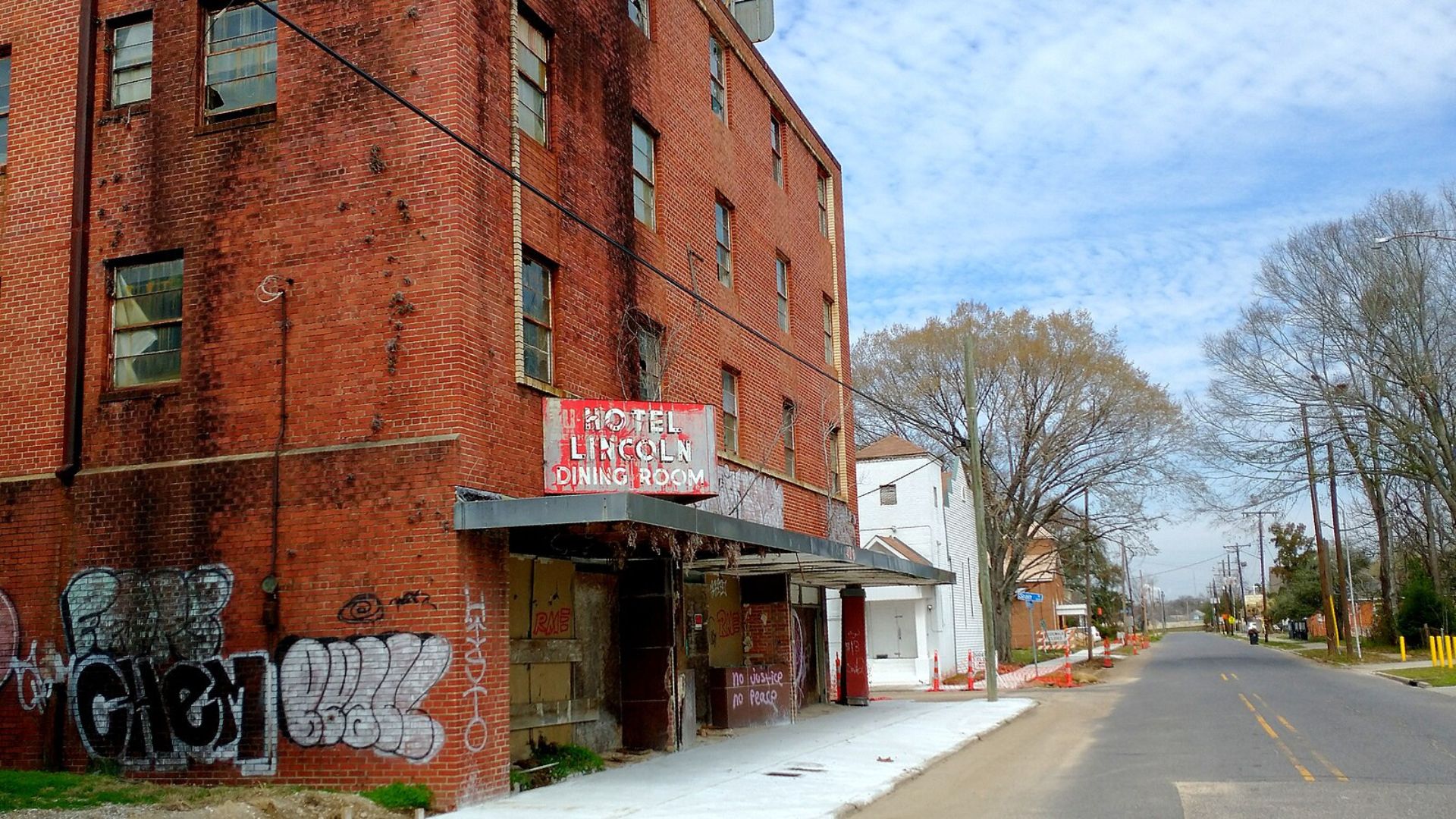
Abandoned buildings and vacant lots in St. Louis are not just eyesores; they pose environmental hazards. These sites can lead to increased pollution and waste issues, impacting local wildlife and green spaces.
Urban blight also discourages outdoor activity, further disconnecting residents from their environment and community.
Technological Solutions for Urban Revival
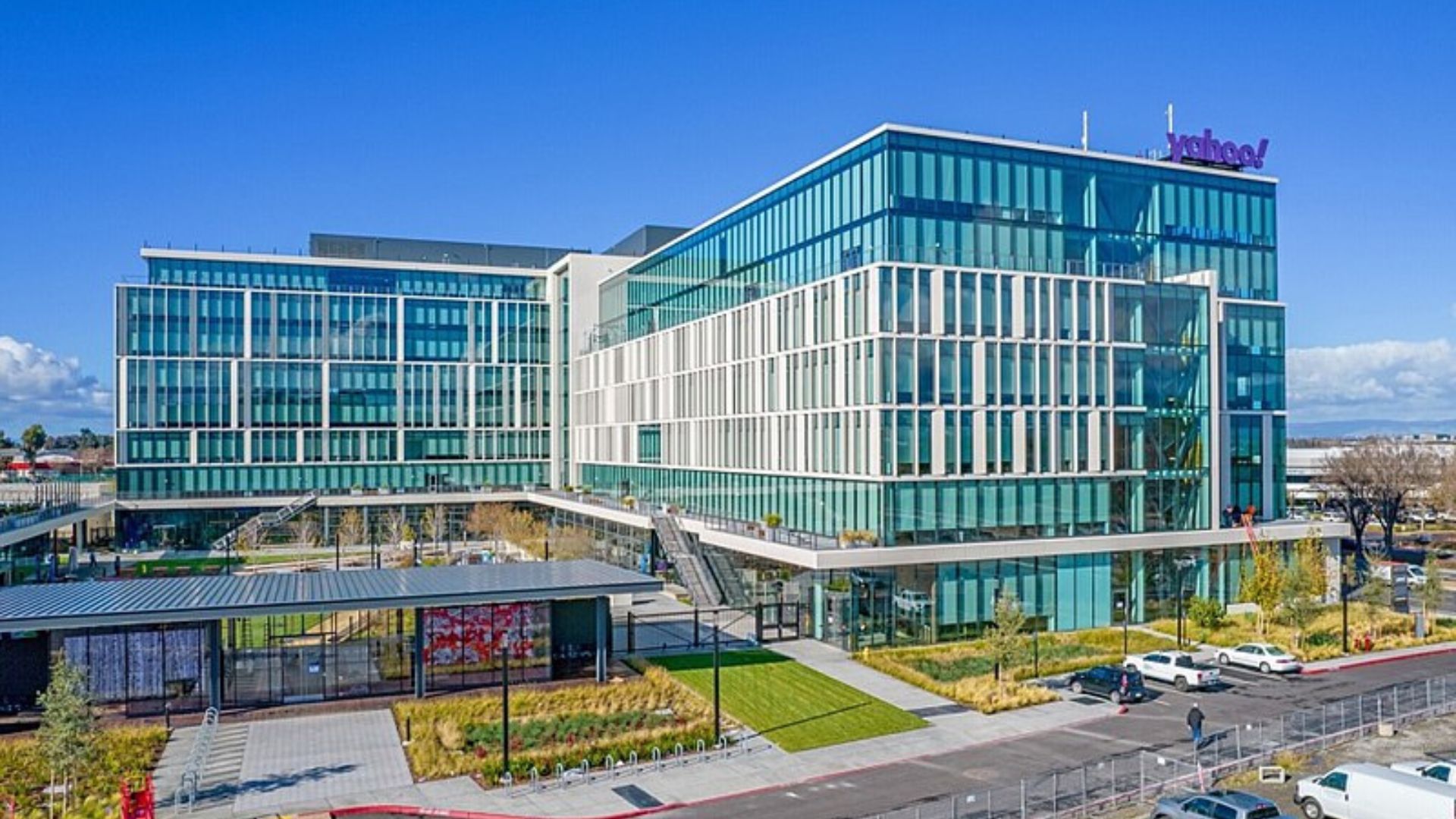
Smart city technologies could provide innovative solutions to urban decay in St. Louis. Implementing IoT devices for monitoring utilities and traffic, and using data analytics to improve city services, could make living in urban centers more appealing.
Technology might also help manage urban farms or automate security in less populated areas, fostering a safer, more engaged community environment.
Historic Preservation and Economic Reality
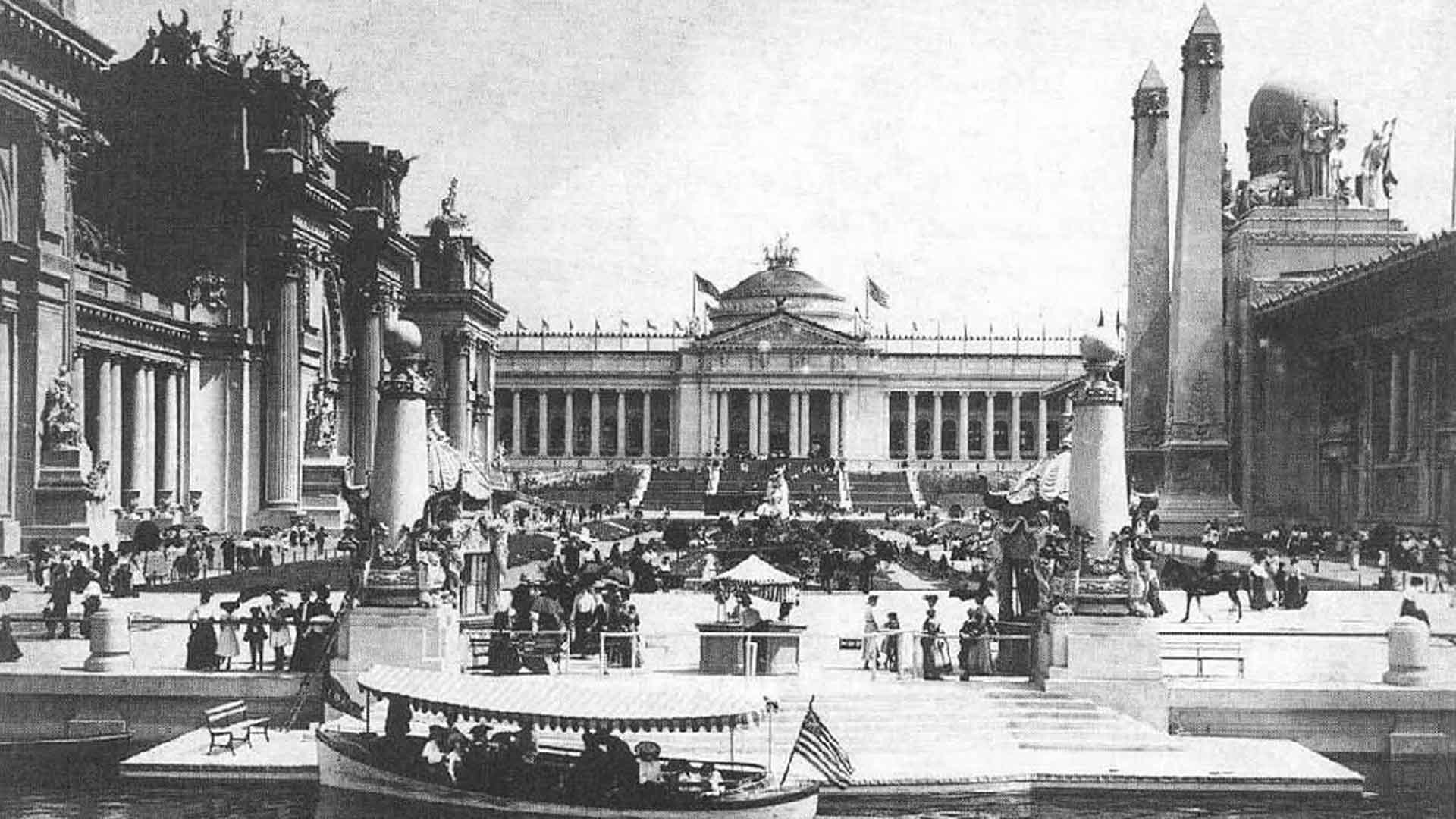
In St. Louis, the debate between preserving historic buildings and the economic viability of such efforts is crucial.
While historic buildings enhance cultural heritage and attract tourism, their maintenance and restoration require substantial financial resources, which can be challenging to justify in a weak market.
Art and Culture as Catalysts for Urban Renewal
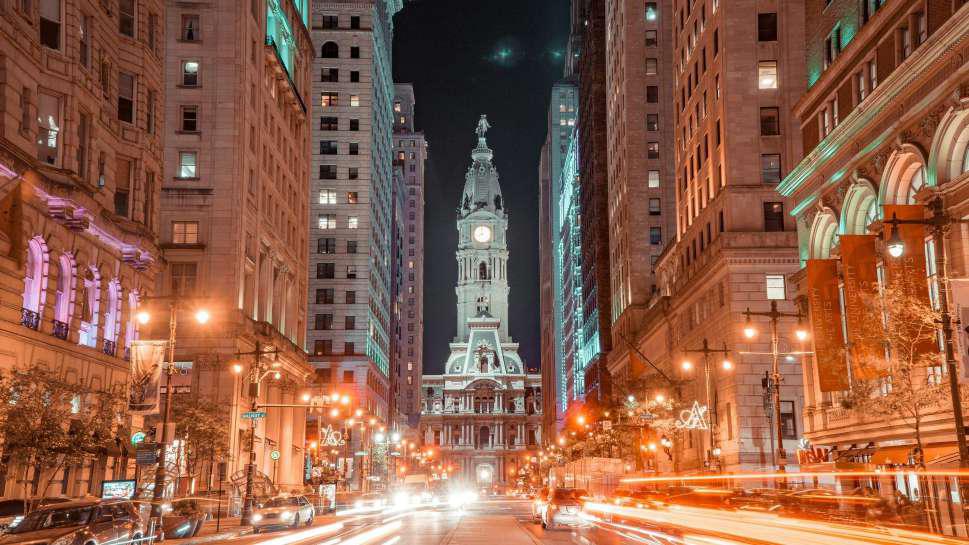
Introducing art and cultural projects can help rejuvenate struggling urban areas like downtown St. Louis.
Cities like Pittsburgh and Philadelphia have successfully used arts districts to boost local economies and improve community morale. Such initiatives can attract visitors and residents alike, fostering a vibrant urban life.
Impact on Local Education Systems

The decline in St. Louis’s urban areas has severely affected local schools. Reduced tax revenues lead to budget cuts, negatively impacting school facilities and resources (via STL Today).
Furthermore, the stressful urban environment can affect students’ academic performance and overall well-being, challenging educators to find effective teaching strategies.
Predicting Commercial Real Estate’s Future
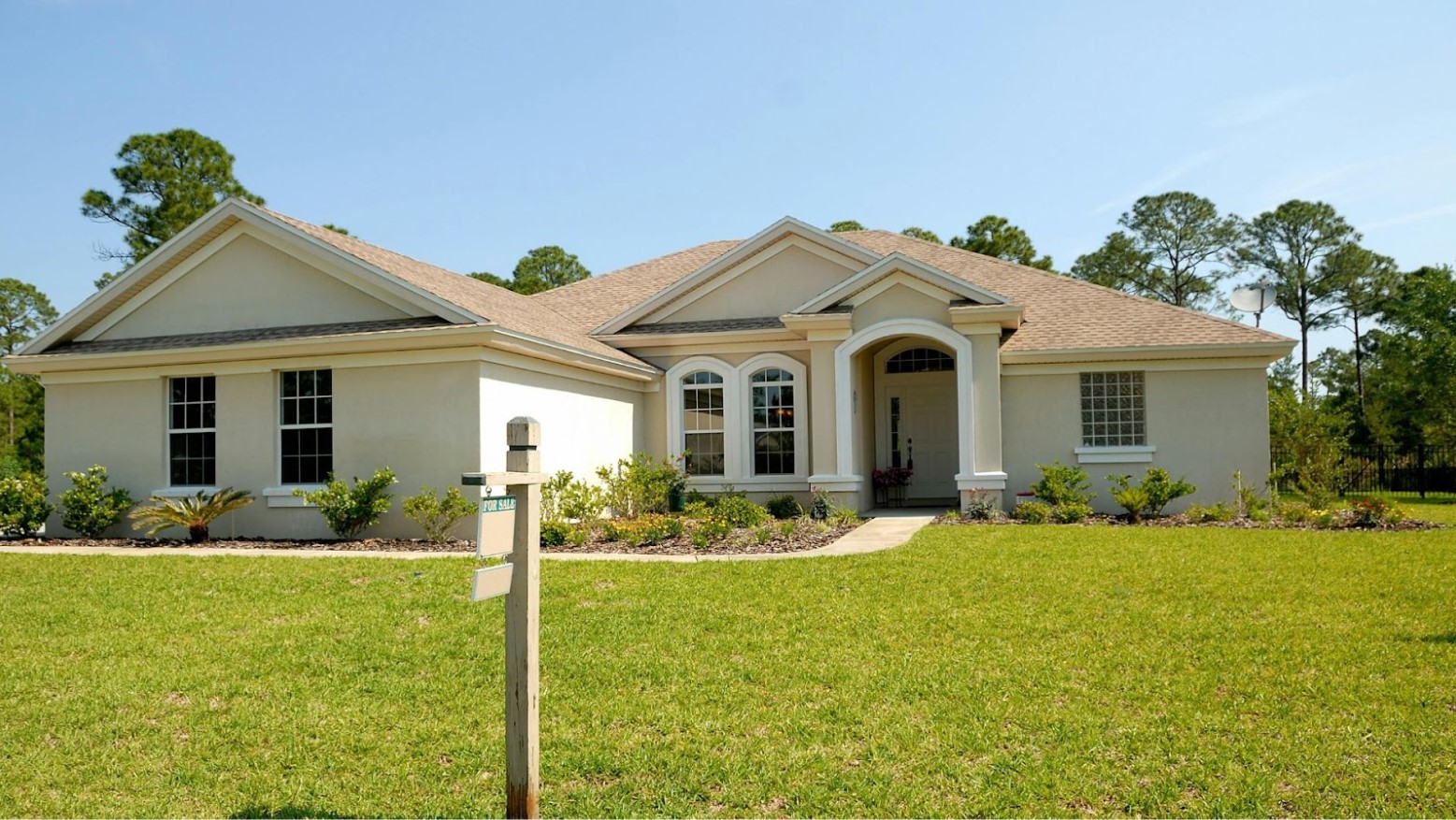
The future of commercial real estate in St. Louis seems precarious but not without opportunity. As remote work becomes more common, demand for office space may continue to decline.
However, this shift presents an opportunity to reimagine these spaces for mixed-use developments, potentially revitalizing the downtown area.
Urban Farming: A Green Revival Strategy
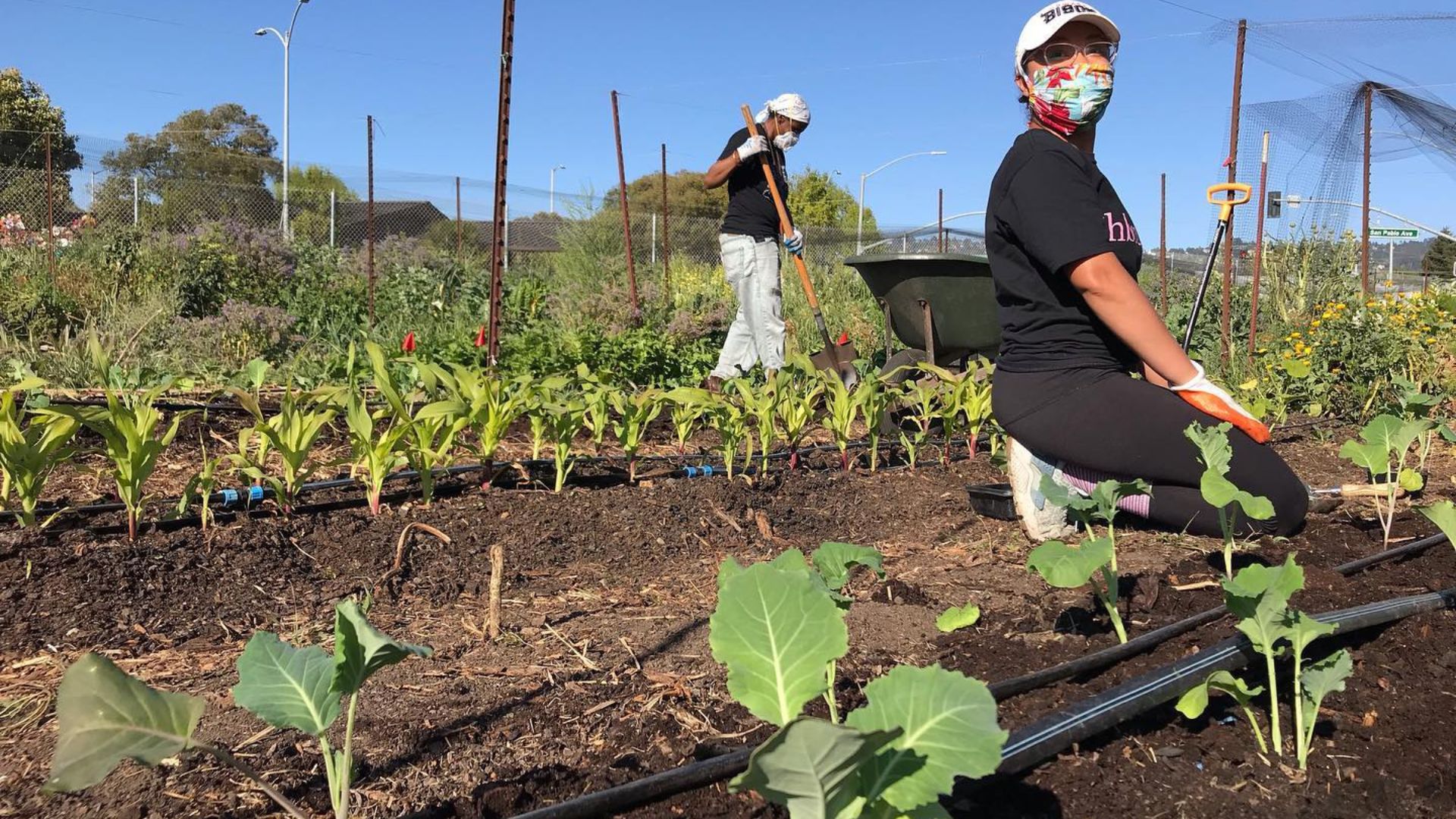
Transforming vacant lots into urban farms or community gardens could revitalize St. Louis’s empty urban landscapes.
These green spaces not only improve city aesthetics but also promote community engagement and provide local, sustainable food sources, creating a win-win scenario for urban renewal.
Public Services in Vacant Urban Centers
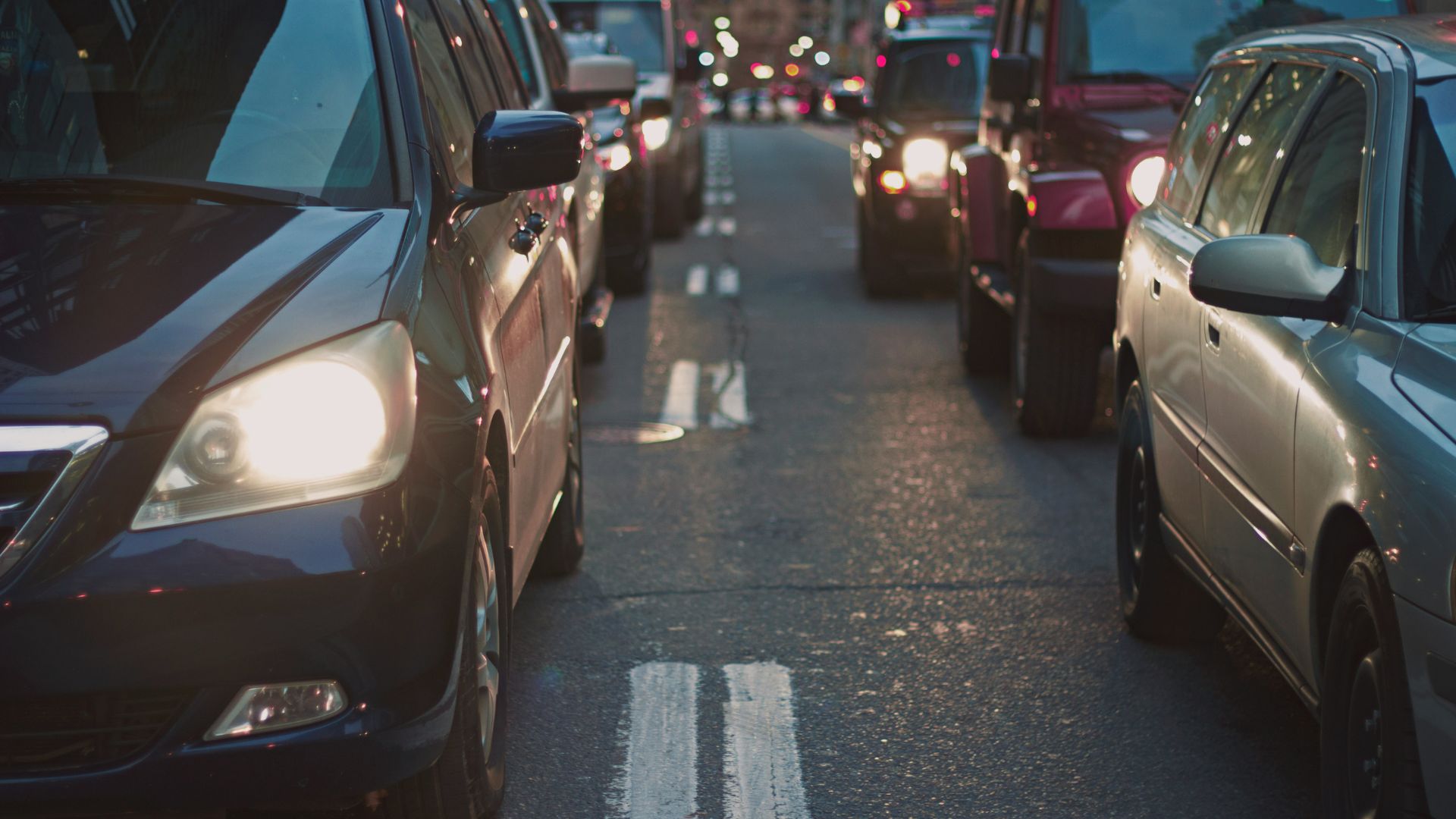
Maintaining costly public transportation and infrastructure becomes increasingly challenging as urban centers like St. Louis empty out.
Fewer residents mean fewer resources for essential services, leading to a decline in public safety, transportation, and infrastructure maintenance. Strategic investments and focused attention are required to manage these challenges effectively.
Exploring Community Land Trusts

Community land trusts could be a viable solution for stabilizing neighborhoods in St. Louis. By separating land ownership from home ownership, these trusts help ensure affordable housing and prevent speculative real estate bubbles.
This model could help maintain community stability and prevent future declines in urban areas.
Urban Policy Innovation in St. Louis
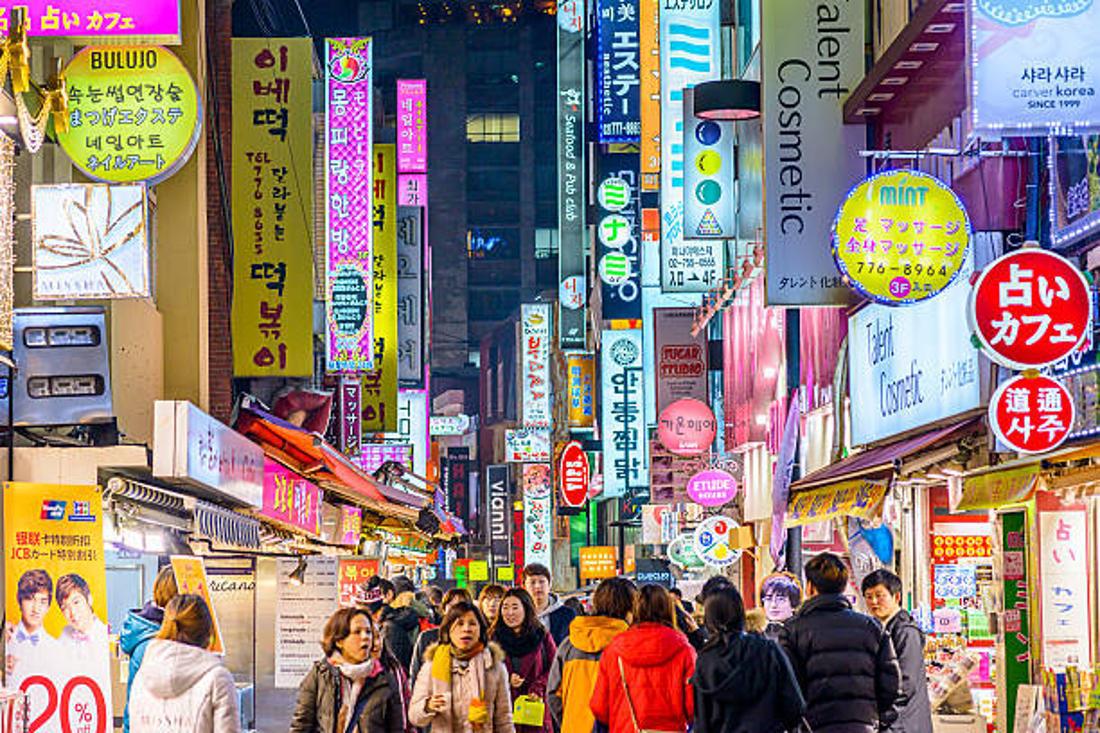
Cities around the globe, such as Seoul and Barcelona, have implemented pioneering urban policies that St. Louis could consider. For instance, Seoul’s integration of green spaces into urban planning has revitalized neighborhoods, and Barcelona’s superblocks system has helped to reduce traffic in residential areas.
Adapting these models could help St. Louis enhance livability and attract new residents.
Public-Private Partnerships for Urban Renewal
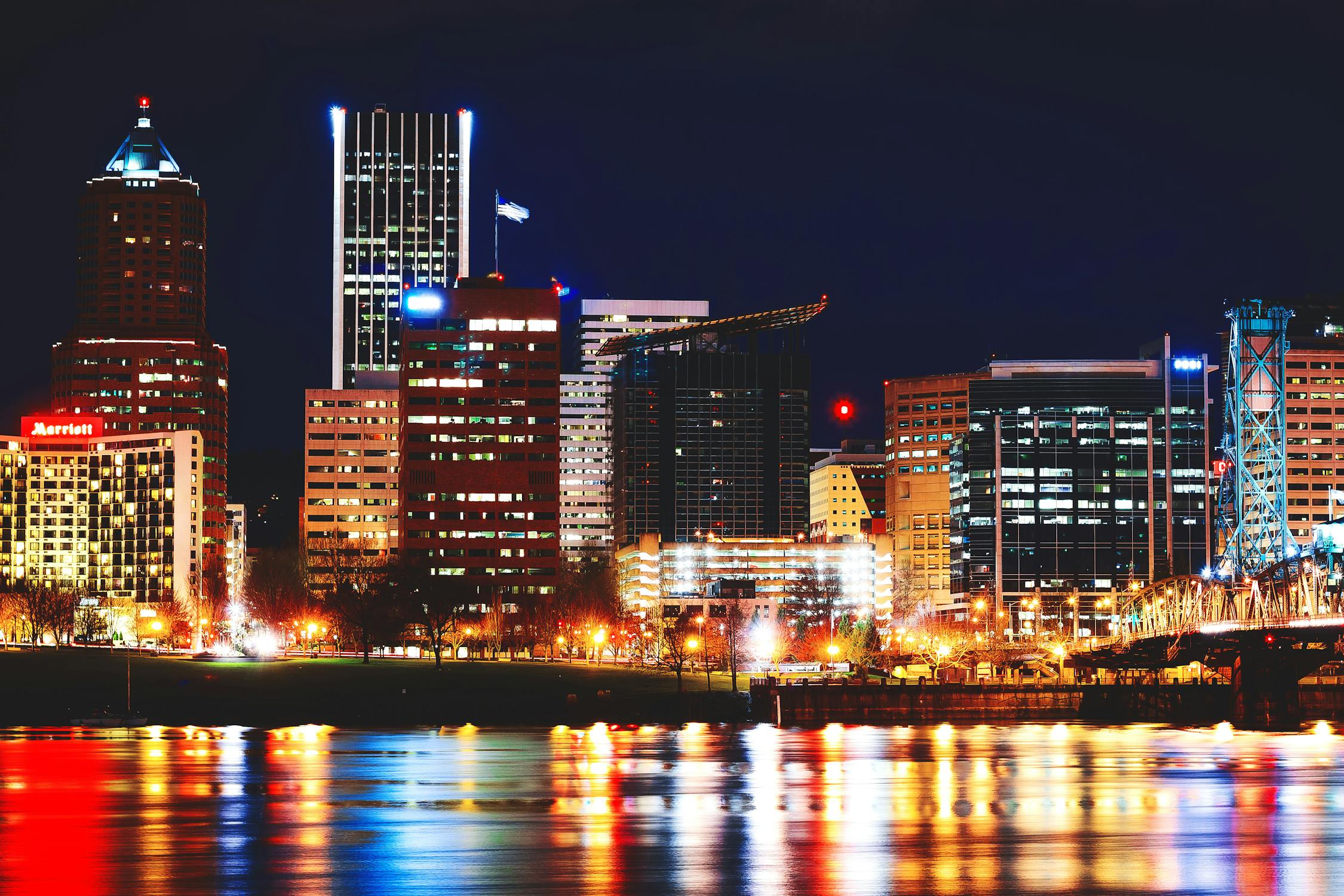
Successful urban revitalizations often involve public-private partnerships (PPPs), which St. Louis could emulate.
Examples include the revitalization of the Pearl District in Portland, Oregon, where collaboration between the city and private developers transformed an industrial area into a thriving mixed-use community.
Digital Nomads and Urban Spaces

The rise of digital nomads offers a unique opportunity for cities like St. Louis. By creating co-working spaces and community hubs in vacant office buildings, the city can attract remote workers who bring economic benefits without requiring extensive new infrastructure.
This shift can help repurpose St. Louis’s abundant office space into vibrant community areas.
Leveraging Universities in Urban Development

Institutions like Washington University in St. Louis can be key drivers of urban renewal. By fostering innovation hubs and startup incubators, these institutions can create jobs and stimulate local economies.
Engaging students and faculty in community projects can also bridge the gap between academia and urban development, potentially leading to sustainable community benefits.
Boosting Tourism through Cultural Heritage
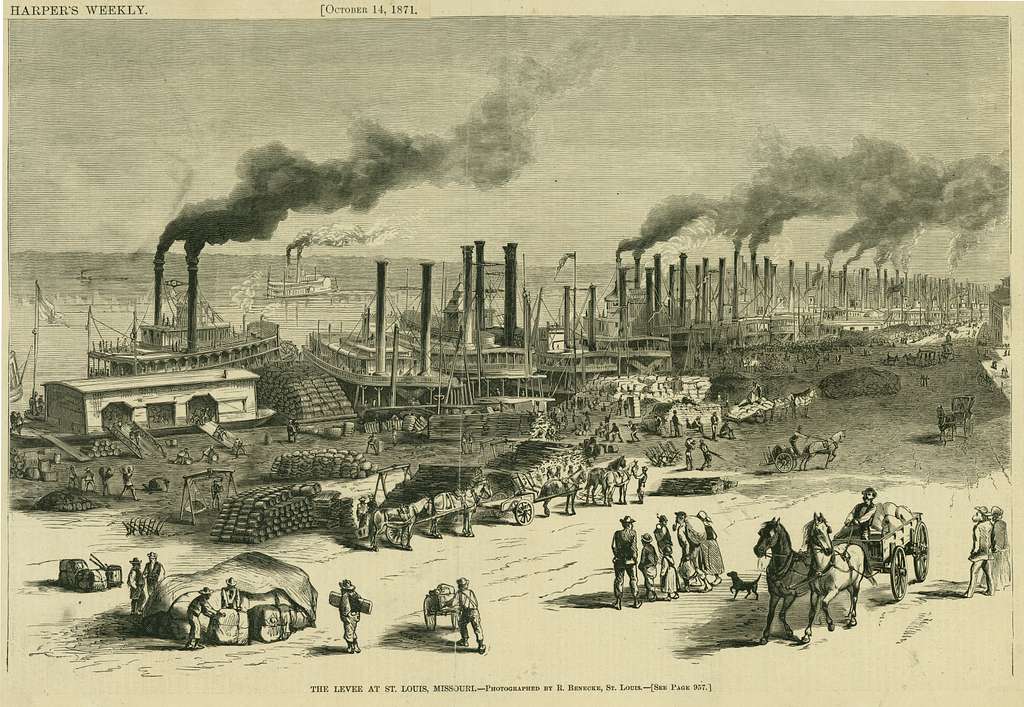
St. Louis has a rich history that can be leveraged to boost tourism and economic growth. Initiatives like restoring historical landmarks and promoting cultural festivals can attract tourists and revive local businesses.
This strategy not only enhances the city’s cultural appeal but also generates revenue that can be reinvested into further urban improvements.
Eco-Friendly Transit in Urban Renewal

Adopting more eco-friendly transit solutions can make St. Louis more appealing and sustainable.
Implementing comprehensive bike lanes, electric public transport options, and pedestrian-friendly streets can enhance residents’ quality of life and contribute to the city’s growth.
Healthcare as a Catalyst for Urban Stability

Expanding healthcare facilities in downtown St. Louis can stabilize urban areas by providing essential services and creating jobs.
The presence of major healthcare centers, like the Cleveland Clinic in Cleveland, has proven to anchor communities and stimulate surrounding economic development.
Investing in Smart Urban Infrastructure
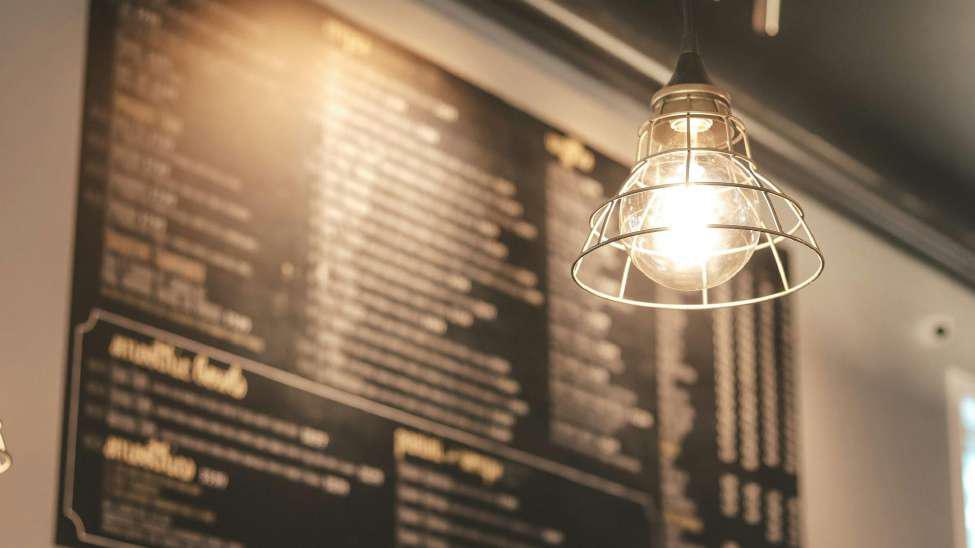
St. Louis could benefit from investments in smart infrastructure, such as high-speed internet, energy-efficient buildings, and smart lighting systems.
These technologies enhance urban living and attract high-tech industries looking for more modern, or even advanced facilities.
Climate Adaptation in Urban Planning

As climate challenges intensify, St. Louis must incorporate climate resilience into its urban planning.
Strategies like enhanced flood defenses, green roofs, and urban forestry initiatives can mitigate the effects of climate change. These efforts ensure the city remains sustainable and attractive to new residents and businesses.
Engaging Youth in Urban Transformation
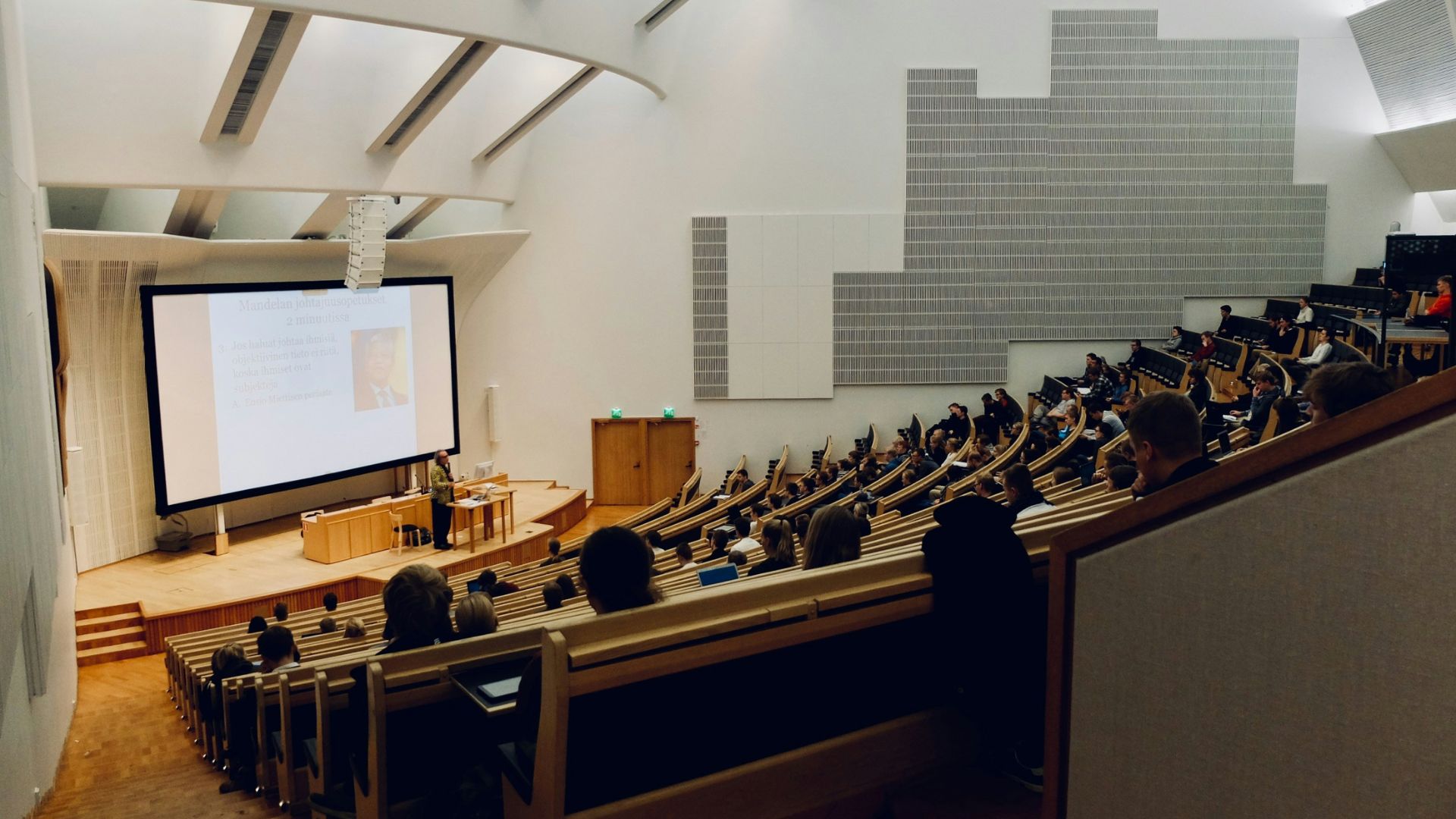
Involving young people in urban planning processes can revitalize St. Louis by incorporating their fresh perspectives and energy.
Initiatives could include youth councils, participatory budgeting, and community design workshops. Engaging youth not only fosters a sense of community but also empowers the next generation of potential city planners and leaders.
Creative Reuse of Vacant Urban Spaces

St. Louis can transform its vacant urban spaces into vibrant areas through creative temporary uses.
Pop-up parks, outdoor art galleries, and seasonal markets can bring life to deserted areas. These initiatives provide community benefits and even test ideas for permanent uses, creating a dynamic urban environment.
Federal Support and Urban Recovery
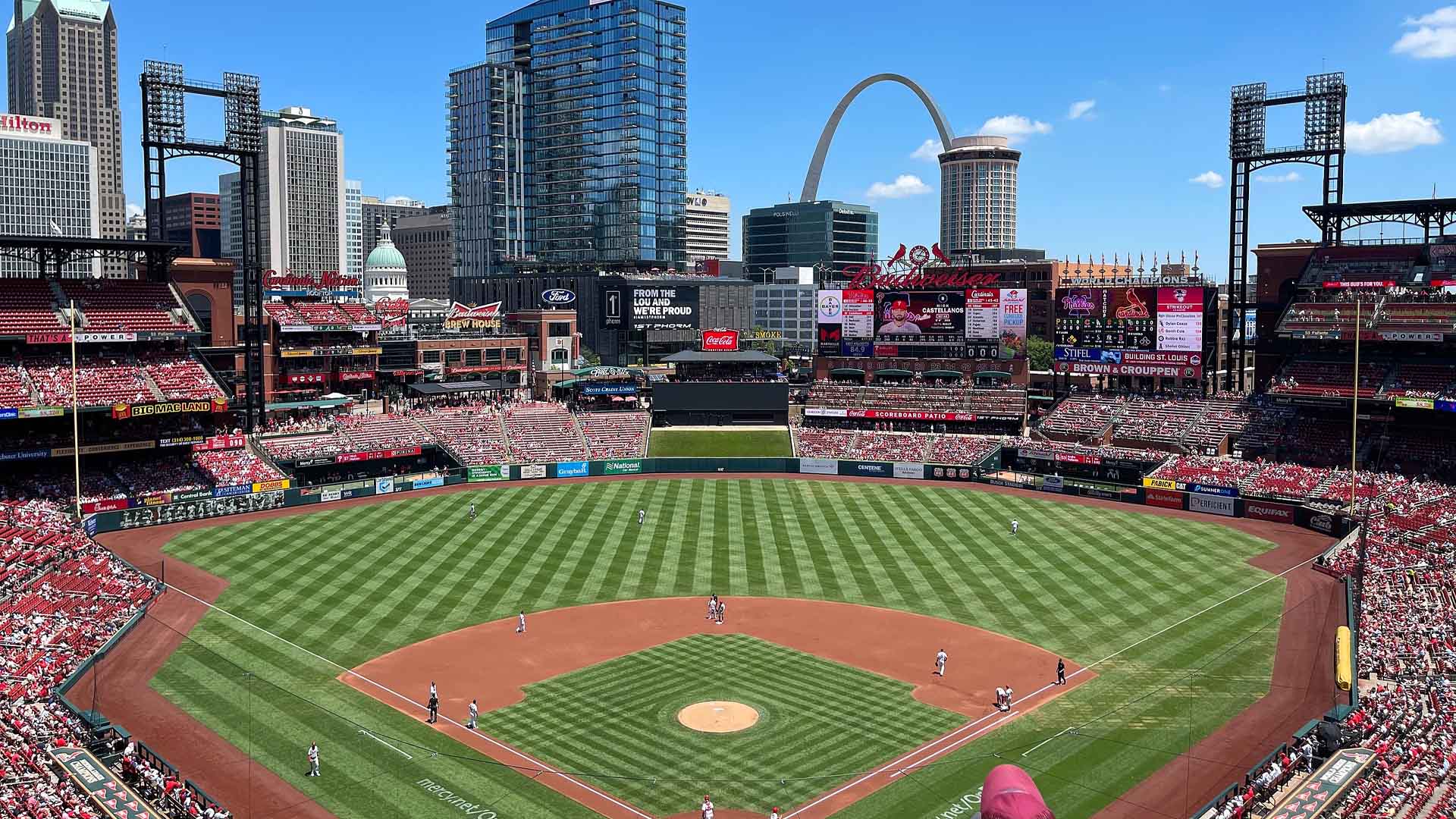
A comparative analysis of federal support received by cities like St. Louis can identify best practices for funding allocation.
Effective use of federal grants and incentives can significantly impact urban recovery and development. St. Louis can learn from successful cities to optimize the use of federal funds for maximum urban renewal impact.
